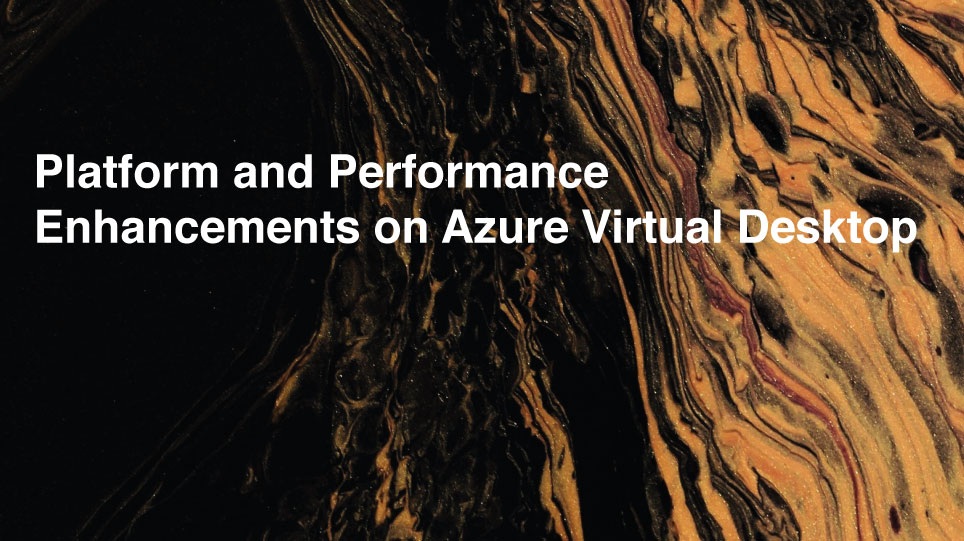Staying ahead with the latest AVD enhancements means more speed, better performance, and a consistently smooth user experience. Fabs Solutions brings you the highlights from Microsoft's latest updates — so you can unlock the full potential of your Azure Virtual Desktop environment.
1. HEVC (H.265) Hardware Acceleration – Now Generally Available
Azure Virtual Desktop now supports hardware-accelerated HEVC (H.265) video encoding on GPU-enabled session hosts. This translates to better graphics rendering, particularly in video-intensive workloads and multimedia-heavy environments.
2. Remote Desktop Client for Windows – Auto-Detection Enhancements
The Windows Remote Desktop Client now includes smarter auto-detection to differentiate between Azure Virtual Desktop and classic Remote Desktop environments. This improvement helps maintain session consistency and boosts user experience across hybrid scenarios.
3. Web Client Update – Version 2.1.65.0
The latest update to the Remote Desktop Web Client (v2.1.65.0) brings enhanced graphics decoding and critical bug fixes. Additionally, support is now limited to modern browsers updated within the last 12 months, ensuring a secure and consistent WebGL experience.
4. AVD Agent Version 1.0.11262.1900
This release addresses key issues such as Entra ID join failures, telemetry flow irregularities, and improved Intune enrollment behavior. Keeping your agent updated is essential for optimal connectivity and compliance.
5. SxS Network Stack – Version 1.0.2502.25800
The updated SxS Network Stack improves UDP session reliability and introduces deeper diagnostics. These upgrades help stabilize connections even under suboptimal network conditions — a vital step forward for mobile and global workforces.
Learn about SxS enhancements →
With these enhancements, Azure Virtual Desktop is better positioned than ever to deliver enterprise-grade performance. Whether you're optimizing for video, reliability, or remote access consistency, now is the time to implement these updates across your AVD estate.
Click Here To Return To Blog
